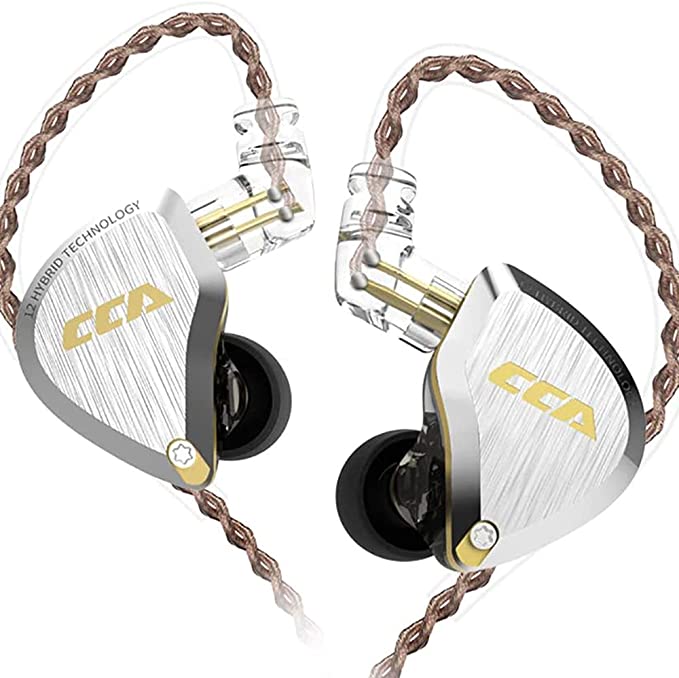What Is TDS in Water and Why It Matters for Your Coffee Maker and More
Update on Oct. 21, 2025, 6 p.m.
Have you ever faced these frustrating household mysteries? * Your brand-new, expensive coffee machine starts making sputtering noises and the coffee tastes “off.” * Your clear glass dishes emerge from the dishwasher covered in a chalky film. * A new water appliance, which got rave reviews online, seems to do absolutely nothing in your home.
You might blame the appliance, the soap, or bad luck. But the real culprit might be an invisible factor lurking in the one thing they all have in common: your tap water. Its name is TDS, and it’s the secret number that dictates the performance, and even the survival, of many of your most-used appliances.

Unmasking the Suspect: What Exactly is TDS?
TDS stands for Total Dissolved Solids. It’s a measure of everything dissolved in your water that isn’t a pure water molecule. Think of it as the total number of invisible “passengers”—minerals, salts, and metals—that your water has picked up on its journey to your tap.
The main components of TDS are usually beneficial minerals like calcium and magnesium. When these are present in high concentrations, we call it “hard water.” While these minerals aren’t harmful to drink, they are the root cause of limescale, the chalky white buildup that plagues appliances.
Take a look at the specifications for a water ionizer like the Alkadrops model. You’ll see a required operating range for TDS (e.g., 80-1000 ppm). This isn’t just a suggestion; it’s a fundamental requirement. This single line of text is a huge clue: TDS isn’t a trivial detail; it’s a critical factor.
Become a Home Water Detective for Under $15
The great news is that you don’t need a chemistry lab to find out your home’s TDS level. You just need a simple, inexpensive tool called a TDS meter. It’s a pen-sized digital device that you can buy online for less than the price of a movie ticket.
Using it is incredibly simple:
1. Turn it on.
2. Stick the tip into a glass of your tap water.
3. Read the number on the screen.
That number, measured in parts per million (ppm), is your home’s TDS score. It is the key piece of evidence you need to solve your household mysteries.
Interpreting the Evidence: What Your TDS Score Means
Once you have your number, you can use this general guide to understand your water’s character and its likely impact on your home.
- 0-80 ppm (Very Soft Water): Your water is very pure. This is great for avoiding scale, but it can be a problem for certain appliances. For a water ionizer, the TDS might be too low for the electrolysis process to work efficiently. This is a common reason why a perfectly good ionizer might seem “broken” in a soft water area like Seattle.
- 80-200 ppm (Ideal Range): This is often considered the sweet spot. It has enough minerals for appliances like ionizers to function well, but not so much that scale buildup is a major, immediate problem.
- 200-400 ppm (Hard Water): You will definitely experience the effects of hard water. Your coffee maker will need regular descaling, and you’ll see spots on your dishes. Appliance longevity may be slightly reduced without proper care.
- 400+ ppm (Very Hard Water): In areas like Phoenix, this is common. Scale buildup will be rapid and aggressive. Without a water softener or regular, diligent maintenance, the heating elements in your water heater and dishwasher can fail prematurely.
Your Appliance Survival Guide, Based on TDS
Now that you’re armed with your TDS score, you can become a proactive manager of your home’s appliances.
- For Your Water Ionizer: If your TDS is below 80, the unit may struggle. If it’s above 400, the platinum-coated plates will be prone to scaling, requiring more frequent cleaning cycles to maintain performance.
- For Your Coffee Maker & Kettle: If your TDS is over 200, you are in a constant battle with scale. Scale insulates the heating element, forcing it to work harder and eventually fail. You must descale regularly with a vinegar or citric acid solution. The Specialty Coffee Association actually recommends a target TDS of around 150 ppm for optimal coffee extraction!
- For Your Dishwasher & Washing Machine: Hard water (high TDS) reduces the effectiveness of soap and detergent, forcing you to use more. It also leaves behind that tell-tale film on glasses and stiffness in laundry. Using a rinse aid in your dishwasher is essential.
- For Your Humidifier: Using high TDS water in an ultrasonic humidifier will create a fine white dust (mineral deposits) that settles on all your furniture. Using distilled or reverse osmosis water is the best solution here.

Is Lower TDS Always Better? Not Necessarily.
The knee-jerk reaction to high TDS is often to buy a reverse osmosis (RO) system, which strips the TDS down to almost zero. While this solves the scale problem, it’s not a universal magic bullet. * Taste: Some people find the taste of RO water to be flat or bland because the minerals that give water its character have been removed. * Appliance Compatibility: Water with very low TDS can be slightly acidic and more corrosive. Some manufacturers of high-end espresso machines or water heaters caution against using pure RO water as it can leach metals from components over time.
Conclusion: You’re Now in Control
TDS is no longer an invisible enemy. It’s a simple, measurable number that gives you incredible power. By investing a few dollars in a TDS meter and a few minutes in understanding its meaning, you transform from a passive victim of appliance failures into an informed, proactive manager of your home’s ecosystem. You can now make smarter purchasing decisions, extend the life of your current appliances, and finally solve the mystery of the spotty glasses once and for all.



















